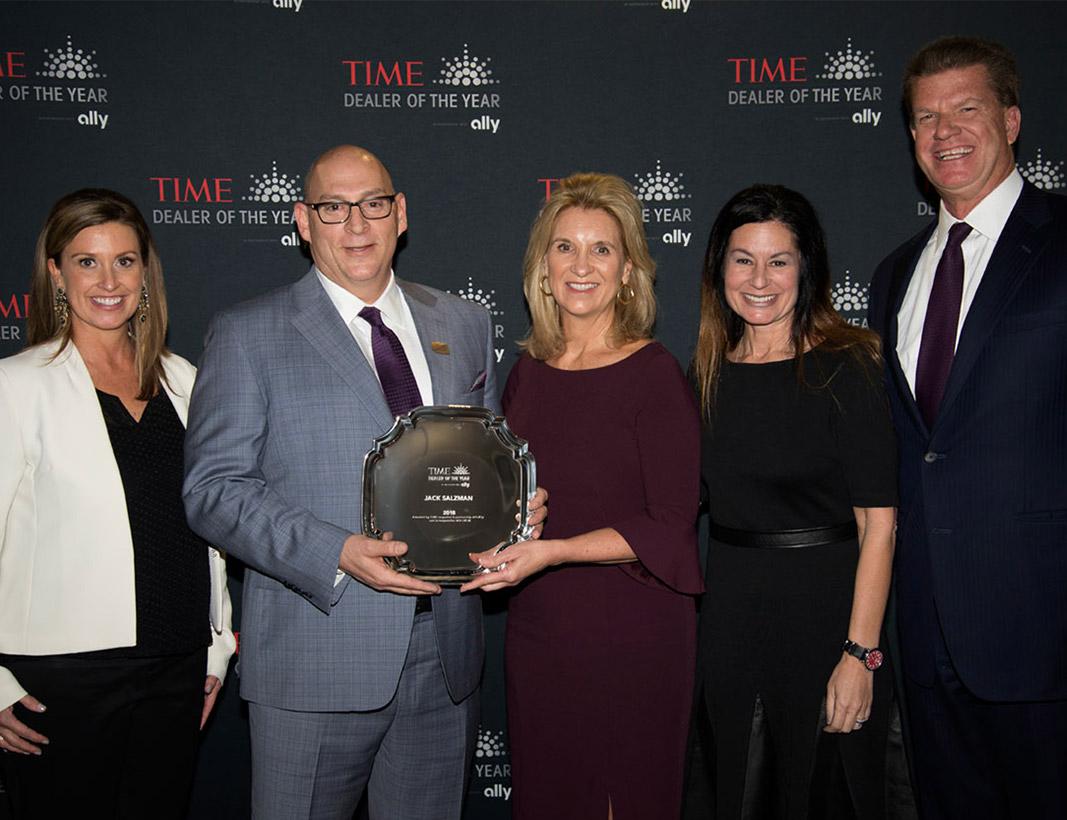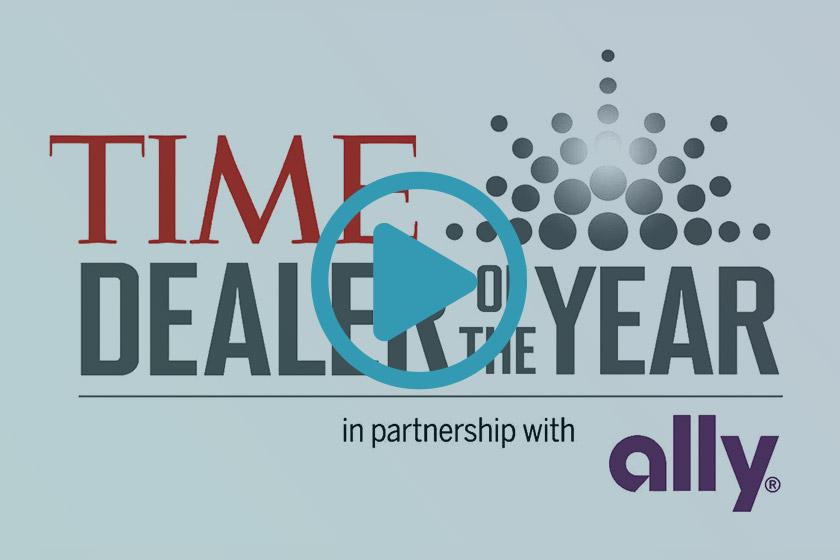Consumer habits are changing, and it’s important to make sure that your media mix is keeping pace. Case in point: As terrestrial radio fades from prominence, digital audio is becoming an increasingly prevalent part of everyday life. This is an important trend for advertisers to capitalize on, augmenting their current ad spend with placement on podcasts, streaming music, and digital radio services.
But why is digital audio suddenly so advantageous? Here are a few things every advertiser should know.
The Big Picture: Consumer Listening Habits are Changing
First and foremost, it’s important to understand that the changes in audio content consumption directly reflect changes many Americans are experiencing in their everyday life. One of the most significant of these changes is the shift toward working remotely, something many of us started doing during COVID lockdown and continue to do to this day.
The rise in remote work corresponds with a decline in daily commutes, which translates into fewer people tuning into drive-time radio. While these blocks of radio programming once provided golden opportunities to reach a large audience, their power is diminishing as more and more people gravitate toward streaming an increasingly personalized batch of audio content.
Growth of Digital Audio
This isn’t mere conjecture. There is plenty of statistical evidence to highlight the rising prominence of digital audio.
For instance, eMarketer defines digital audio as all Internet-based audio streaming services, including familiar platforms like Spotify and Apple Music, online streams of AM and FM channels, podcasts, and more. According to eMarketer, 2020 marked the first year in which time spent with digital audio eclipsed the time spent with terrestrial radio. (Is it any coincidence that digital audio finally surpassed conventional radio during the year of quarantine and social distancing, when commute times saw a radical decline?)
According to eMarketer, the average adult spends about an hour and a half listening to digital audio each day, representing an increase of 6.6 percent since 2020.
The Decline of Terrestrial Radio
By contrast, interest in terrestrial radio is falling off. Pew Research notes that, while there remains a sizable audience for terrestrial radio, that audience shrinks a little bit every year.
What’s more, the audience for terrestrial radio is being eroded by the emergence of more digital media. For example, where many people once turned to public radio for news and commentary, their listening habits have gravitated toward NPR podcasts.
The Triumph of Podcasts
Indeed, much of digital audio's growth can be attributed to the incredible popularity of the podcast format.
Podcasts are more ubiquitous all the time. Pew Research offers this data point: “The average weekly unique users who download NPR podcasts, which include some of the most popular podcasts in the Apple Podcasts charts, such as Up First and Fresh Air, rose from 11.3 million in 2019 to 14 million in 2020, according to data provided by NPR.”
Meanwhile, eMarketer confirms that podcasts have experienced an “unexpected spike in popularity” as more listeners find the time to engage with long-form audio content. By 2023, it is expected that podcasts will encompass at least a quarter of all digital audio consumption.
More Reasons to Add Digital Audio to Your Media Mix
It’s clear that digital audio is an increasingly popular medium, and that it has the potential to connect advertisers with bigger and bigger audiences; and, that the rise of digital audio comes at the same time as terrestrial radio’s decline.
But there are still further reasons to add digital audio to your media mix. For example:
- Listening to audio content represents one of the most intimate forms of media consumption, with many listeners feeling like they have a real rapport with their favorite podcasters or streaming audio figures. This often engenders a stronger emotional response to audio content, including ad content.
- Audio is truly ubiquitous; many listeners consume streaming audio content while working out, doing chores, or handling yard work. The same cannot be said of, say, social media.
- With so many different audio formats to choose from, there are numerous possibilities for targeting a select audience.
- Digital audio is one of the only forms of media where there is no ad blocker available to consumers; in other words, there really aren’t a lot of options for consumers to simply skip past your ads, especially if they’re listening while already engaged with another activity.
The bottom line? Digital audio provides a lot of opportunity for advertisers, and it’s something we would recommend considering for almost any media mix. At enCOMPASS, we have helped countless clients see real results from their digital audio investment. We’d love to tell you more about where digital audio falls into your media mix, and to help you fine-tune your ad strategy. Contact us any time you’d like to discuss these opportunities.
SHARE THIS ARTICLE:



